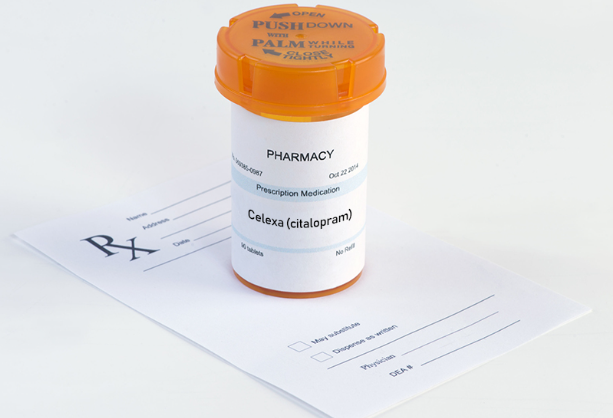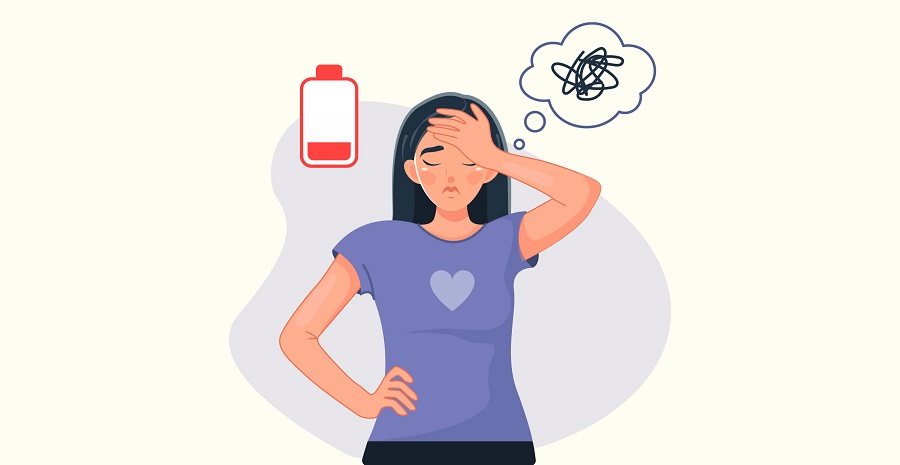Fibromyalgia is a chronic condition characterized by widespread pain, fatigue, and cognitive difficulties. While medications and therapies are often the cornerstone of treatment, an increasing number of patients and researchers are exploring the impact of diet on fibromyalgia symptoms. Can what you eat truly influence the way you feel? In this article, we’ll dive deep into the relationship between diet and fibromyalgia, highlighting foods to embrace, foods to avoid, and how nutrition can be a powerful tool in managing this challenging condition.
Understanding Fibromyalgia and Its Symptoms
Before delving into diet, it’s important to understand the symptoms of fibromyalgia and why certain foods may impact them. Fibromyalgia affects the way the brain processes pain signals, often amplifying sensations of pain. Other common symptoms include:
- Chronic fatigue
- Sleep disturbances
- “Fibro fog” (difficulty concentrating and remembering)
- Depression and anxiety
- Stiffness and muscle tenderness
Inflammation, oxidative stress, and hormonal imbalances are believed to play a role in fibromyalgia, making diet an area of focus for symptom relief.
The Role of Diet in Fibromyalgia
While no specific diet can cure fibromyalgia, certain foods and nutrients have been shown to improve symptoms, while others may worsen them. Nutrition can impact fibromyalgia in several ways:
- Reducing Inflammation: Anti-inflammatory foods may help alleviate chronic pain and stiffness.
- Boosting Energy: Proper nutrition can combat fatigue by stabilizing blood sugar levels and supporting mitochondrial function.
- Enhancing Sleep: Some foods promote better sleep, which is crucial for fibromyalgia patients.
- Supporting Mental Health: Nutrient-rich diets can improve mood and reduce anxiety or depression.
Foods to Embrace for Fibromyalgia Relief
1. Anti-Inflammatory Foods
Chronic inflammation can exacerbate fibromyalgia symptoms. Incorporating anti-inflammatory foods may help reduce pain and improve overall well-being. Key foods include:
- Fatty fish (salmon, mackerel, sardines) rich in omega-3 fatty acids
- Leafy greens (spinach, kale, arugula) loaded with antioxidants
- Nuts and seeds (almonds, walnuts, flaxseeds)
- Olive oil, a source of healthy fats and antioxidants
- Turmeric and ginger, known for their anti-inflammatory properties
2. Whole Grains
Whole grains like quinoa, brown rice, and oats provide sustained energy by stabilizing blood sugar levels. This can help combat the fatigue and brain fog associated with fibromyalgia.
3. Fresh Fruits and Vegetables
Brightly colored fruits and vegetables are rich in vitamins, minerals, and antioxidants. Examples include:
- Blueberries, strawberries, and oranges
- Broccoli, sweet potatoes, and bell peppers
These foods can reduce oxidative stress, a key factor in fibromyalgia symptoms.
4. Lean Protein
Protein is essential for muscle repair and energy. Opt for lean sources such as:
- Chicken, turkey, and eggs
- Plant-based proteins like lentils, chickpeas, and tofu
5. Magnesium-Rich Foods
Magnesium plays a vital role in muscle function and relaxation. Include foods such as:
- Spinach, bananas, and avocados
- Pumpkin seeds and almonds
Foods to Avoid for Fibromyalgia
1. Processed and Sugary Foods
High sugar intake can cause blood sugar spikes and crashes, worsening fatigue and inflammation. Avoid:
- Soda, candy, and pastries
- Packaged snacks with added sugars
2. Refined Carbohydrates
White bread, pasta, and other refined carbs can increase inflammation and energy fluctuations. Replace these with whole-grain alternatives.
3. Artificial Sweeteners
Some artificial sweeteners, such as aspartame, have been linked to increased sensitivity to pain. Avoid diet sodas and sugar-free products containing these additives.
4. Caffeine
While caffeine might provide a temporary energy boost, overconsumption can disrupt sleep and worsen fibromyalgia symptoms. Limit coffee and energy drinks.
5. Dairy and Gluten (for Some)
Although not universally problematic, some fibromyalgia patients report symptom relief after eliminating dairy or gluten. Consider testing for sensitivities to determine if these foods aggravate your symptoms.
Popular Diets and Fibromyalgia: What Works?
Several dietary approaches have been studied for their potential benefits in managing fibromyalgia symptoms. Here are three popular diets:
1. Mediterranean Diet
Rich in fruits, vegetables, whole grains, and healthy fats, the Mediterranean diet is anti-inflammatory and nutrient-dense. Many patients report reduced pain and improved energy on this diet.
2. Low-FODMAP Diet
Originally designed for irritable bowel syndrome (IBS), a low-FODMAP diet may help fibromyalgia patients with coexisting digestive issues like bloating and discomfort.
3. Plant-Based Diet
Plant-based diets focus on whole, unprocessed foods and eliminate red meat, which some believe contributes to inflammation.
Tips for Building a Fibromyalgia-Friendly Diet
- Focus on Balance: Ensure your diet includes a mix of lean protein, healthy fats, and complex carbohydrates.
- Hydrate: Drink plenty of water to stay hydrated and support energy levels.
- Eat Smaller, Frequent Meals: To avoid energy crashes, aim for smaller meals spaced throughout the day.
- Track Your Triggers: Keep a food journal to identify foods that worsen your symptoms.
Success Stories: How Diet Changed Lives
Many fibromyalgia patients have shared personal anecdotes of symptom improvement through dietary changes. For example:
- Anna, 43: After switching to a Mediterranean diet, Anna noticed reduced joint pain and increased energy levels.
- David, 50: By cutting out processed sugar, David experienced fewer flare-ups and better sleep.
These stories highlight the potential for diet to complement other treatment strategies.
Combining Diet with Other Fibromyalgia Treatments
Diet is just one piece of the puzzle. To effectively manage fibromyalgia, consider combining nutritional strategies with:
- Exercise: Gentle movements like yoga or swimming.
- Therapies: Cognitive behavioral therapy (CBT) or acupuncture.
- Medications: Pain relievers or antidepressants, as prescribed by a healthcare provider.
Conclusion: Can Diet Win Against Fibromyalgia?
While diet alone cannot cure fibromyalgia, it can play a significant role in symptom management. By embracing anti-inflammatory and nutrient-rich foods while avoiding potential triggers, fibromyalgia patients can take meaningful steps toward better health and improved quality of life.
Every person’s experience with fibromyalgia is unique, and dietary changes should be tailored to individual needs. Consult a healthcare provider or dietitian to develop a personalized nutrition plan that works for you.

Click Here to Visit the Store and find Much More….
For More Information Related to Fibromyalgia Visit below sites:
References:
Fibromyalgia Contact Us Directly
Click here to Contact us Directly on Inbox
Official Fibromyalgia Blogs
Click here to Get the latest Chronic illness Updates
Fibromyalgia Stores










